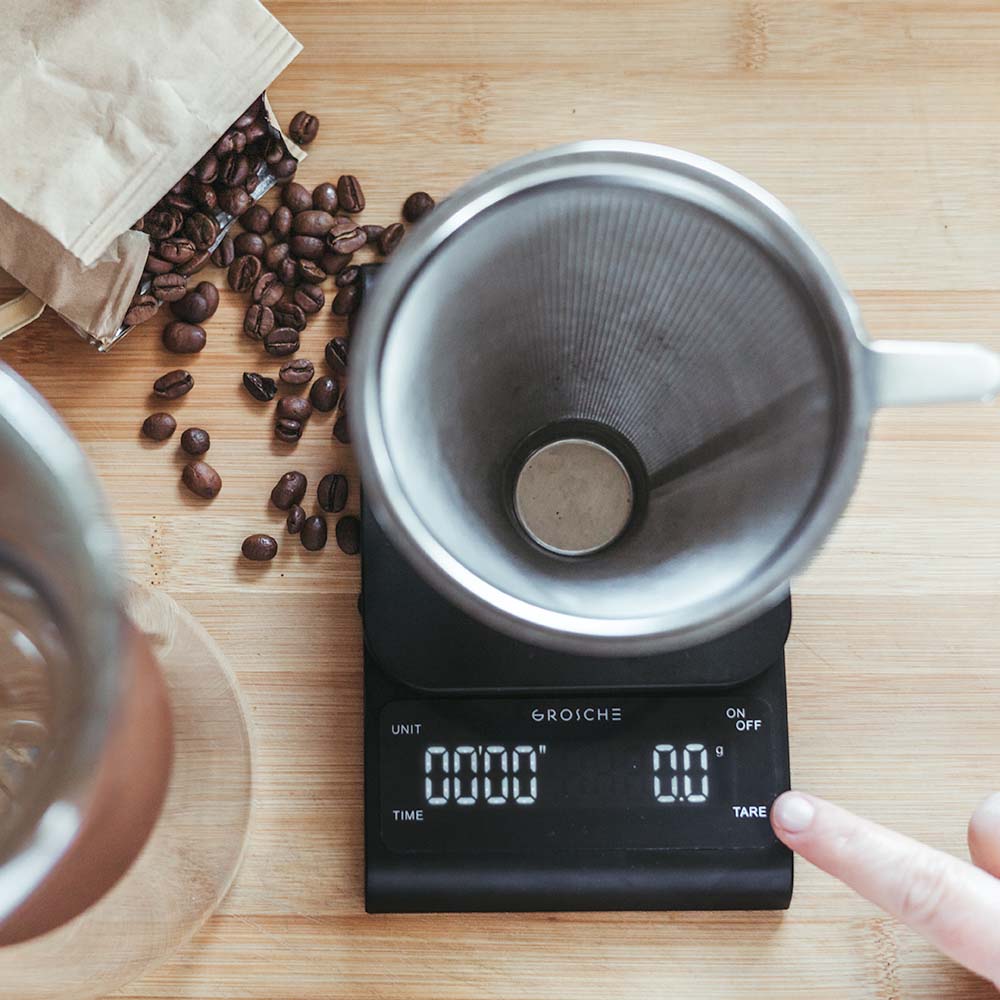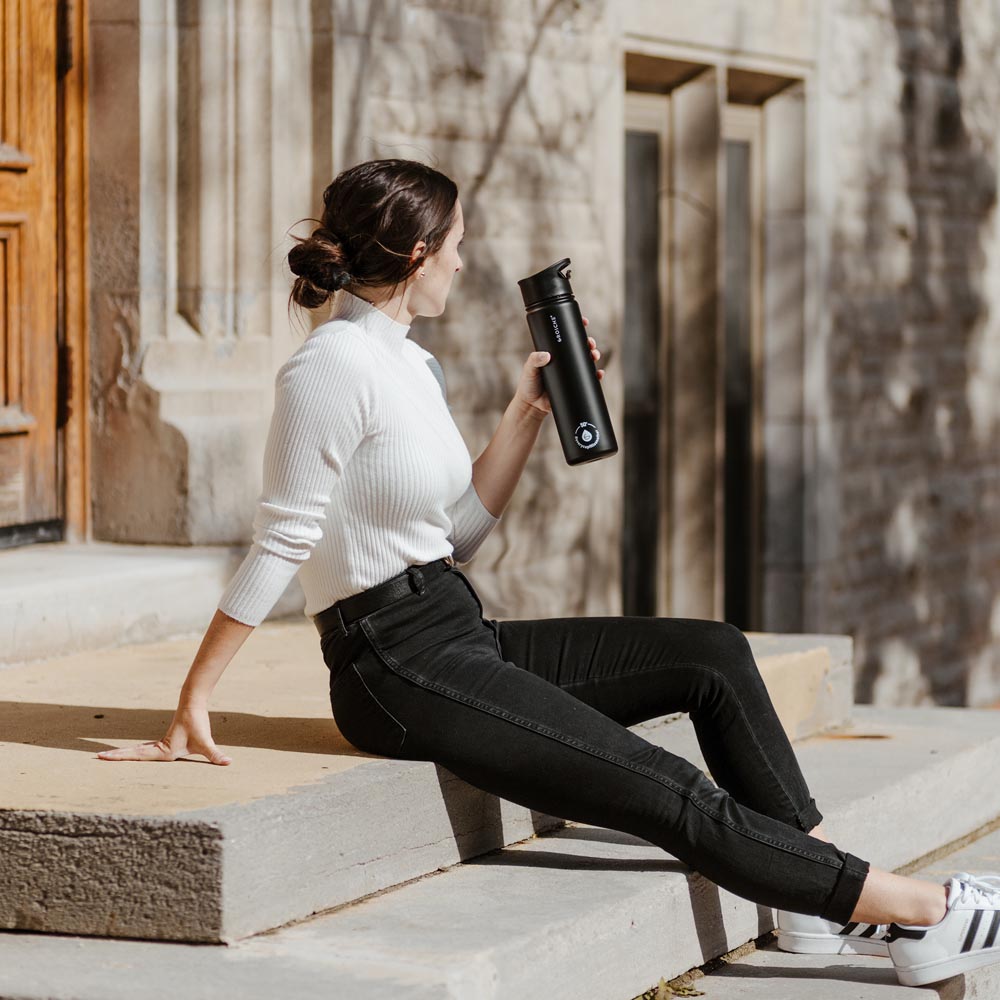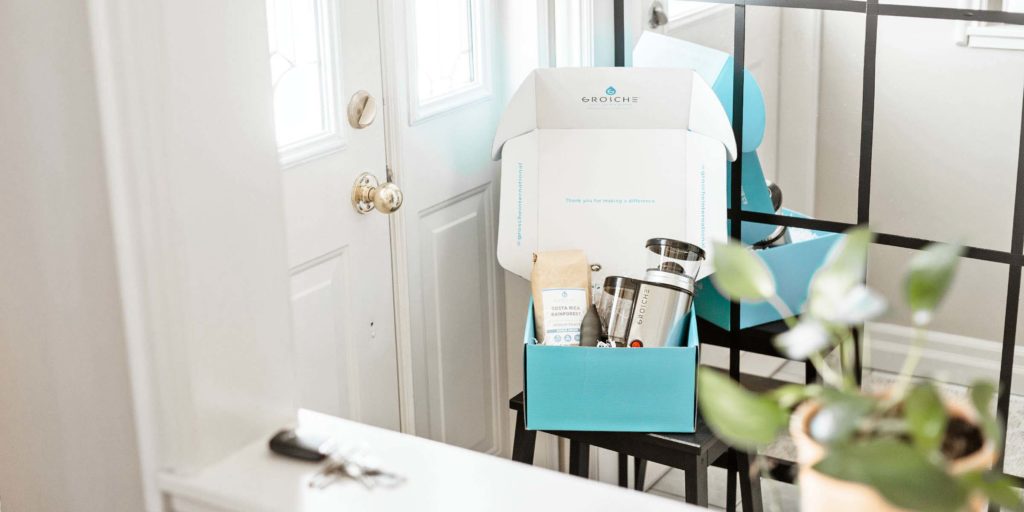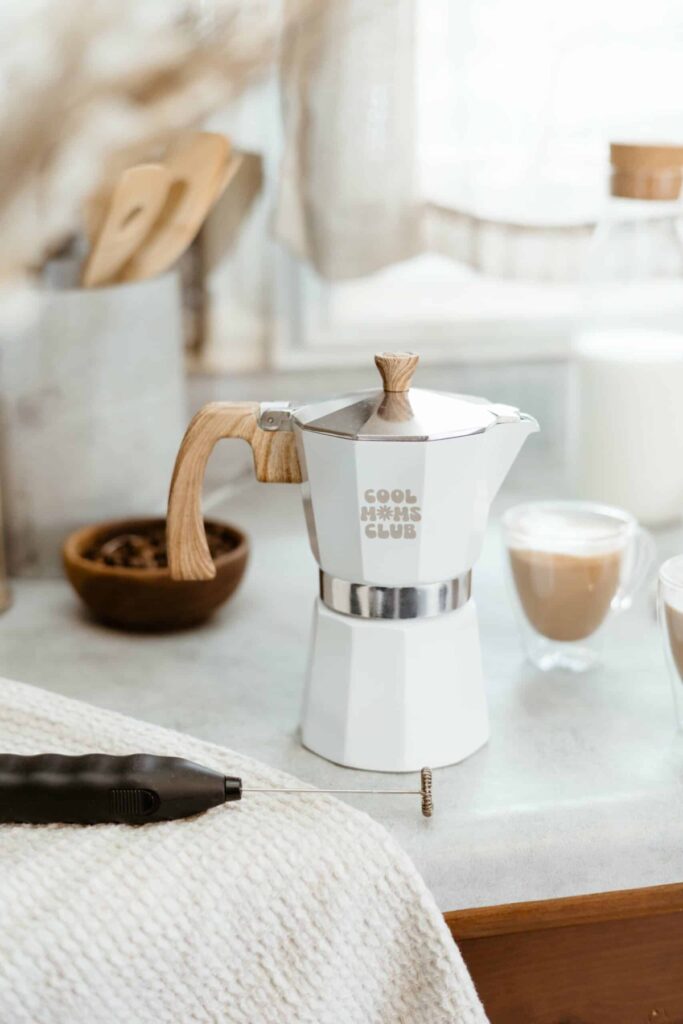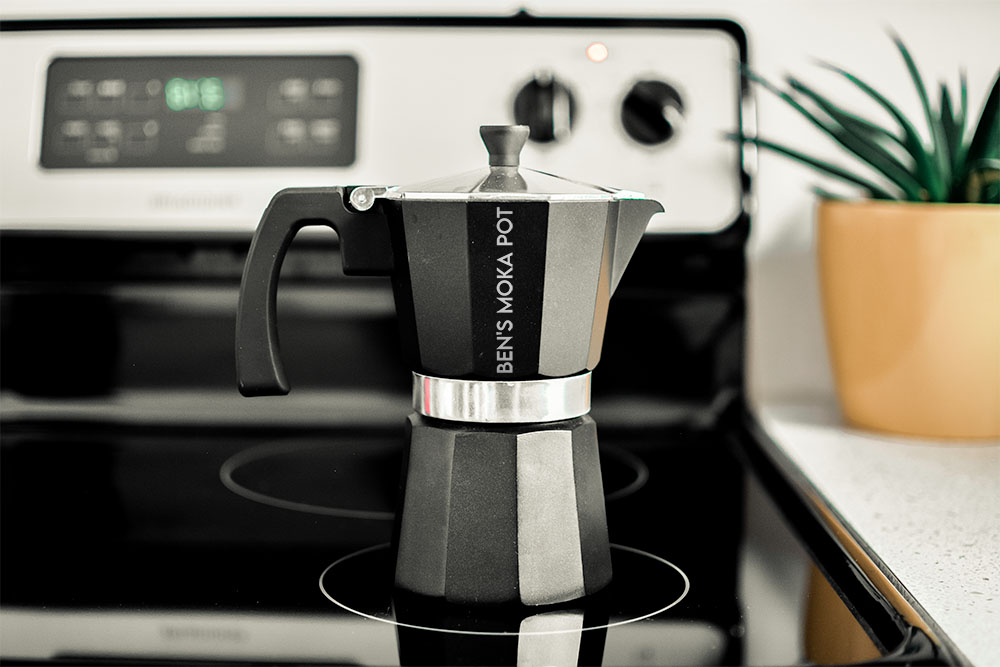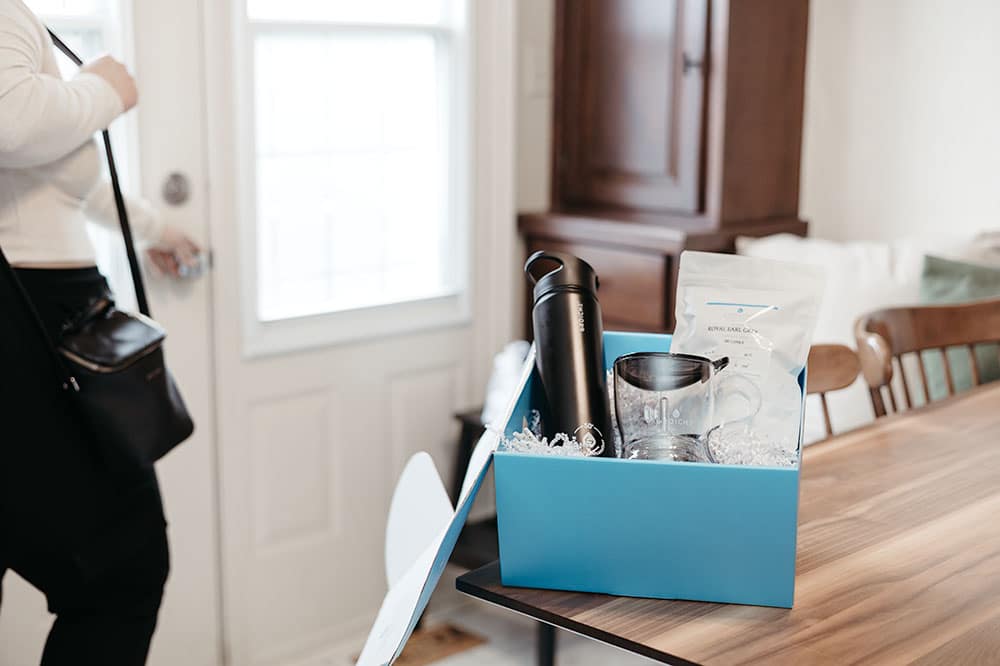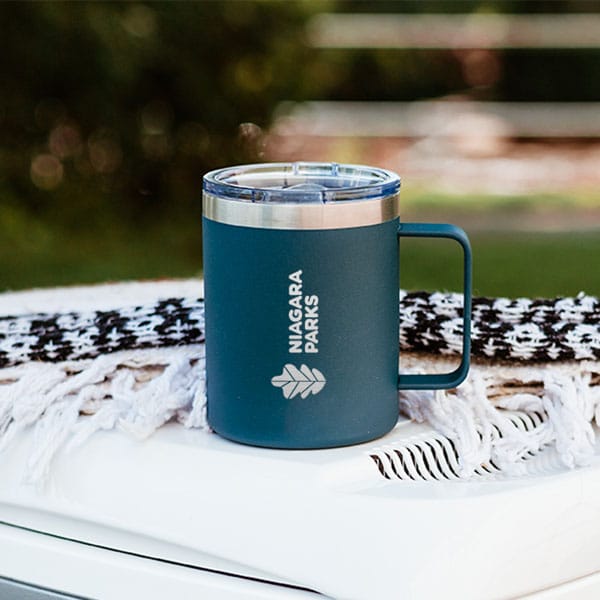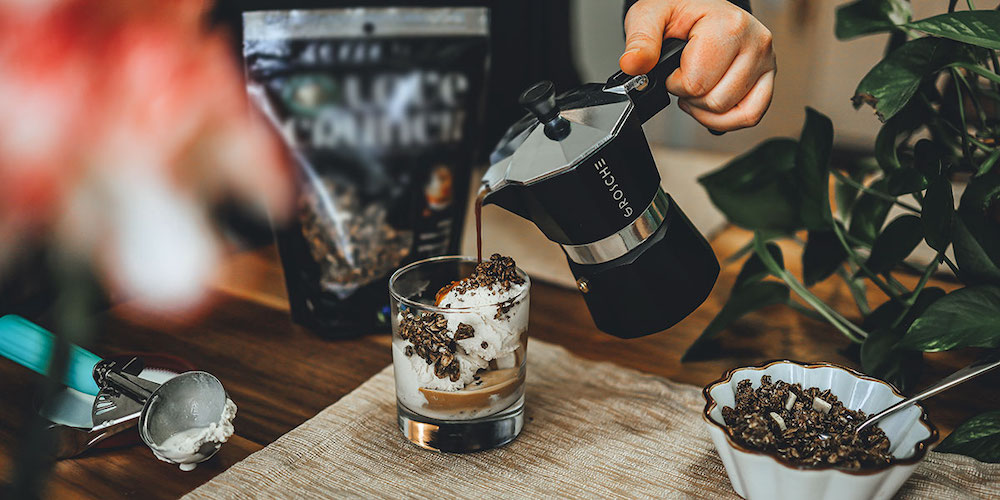Moka Pot Espresso Makers are a game changer for any coffee addict like myself. They’re attractive, affordable, and supply you with rich, café worthy espresso. They’re essentially your own little at-home barista.
But if not taken care of and cleaned properly, stovetop espresso makers can easily become damaged and even dangerous. High quality moka pots, like the classic MILANO, come with a “made in Italy” certified Italian safety valve, which sits at the top of the water chamber.
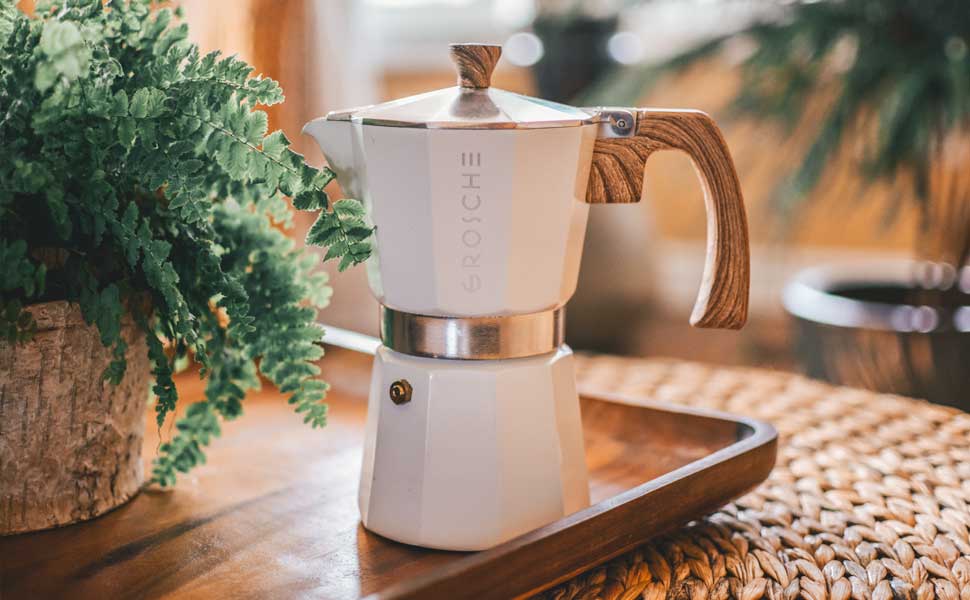 This little spout is important because it prevents internal pressure from increase to a dangerous point. Aka this valve stops your moka pot from potentially building up enough pressure to entirely explode.
This little spout is important because it prevents internal pressure from increase to a dangerous point. Aka this valve stops your moka pot from potentially building up enough pressure to entirely explode.
So, it is very important to properly clean and make sure your safety valve does not malfunction.
Reasons Why The Safety Valve Could Malfunction
The Valve is Clogged with Water or Coffee Grounds
If a moka pot isn’t properly cleaned then grounds can fall into the chamber, or water residue can build up and clog the valve. This can lead to blockage and stop the valve from relieving pressure inside the pot.
You Put in Too Much Water
Whether it’s aluminum or stainless steel, every moka pot comes with instructions to only add water to fill just below the safety valve. This is to prevent water from covering the valve so it can let steam out.
You Compressed the Coffee Grounds
Unlike espresso machines and other coffee makers, moka pots do not require you to press down and pack in the coffee grounds.
How To Clean A Moka Pot Espresso Maker
Right off the bat I feel I should warn you: unless you want to ruin your moka pot after one wash, DO NOT use dish soap or the dishwasher to clean your moka pot.
Phew, okay, now that that is out of the way on to what you should do.
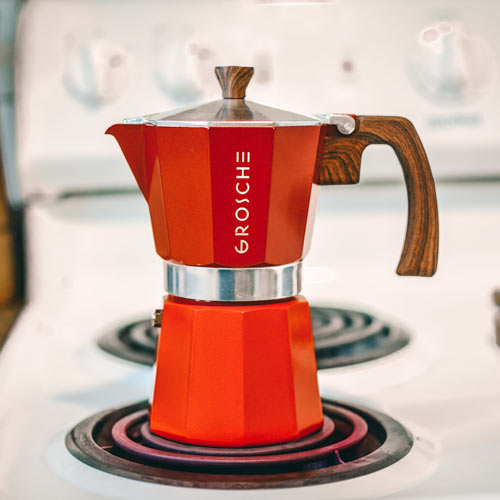
Step One
After it has cooled completely, disassemble the pot, remove its funnel and throw out the grounds (for my eco-friendly friends, they can also go in compost).
Step Two
Rinse each part under hot water, making sure you remove all residue and any loose grounds.
Step Three
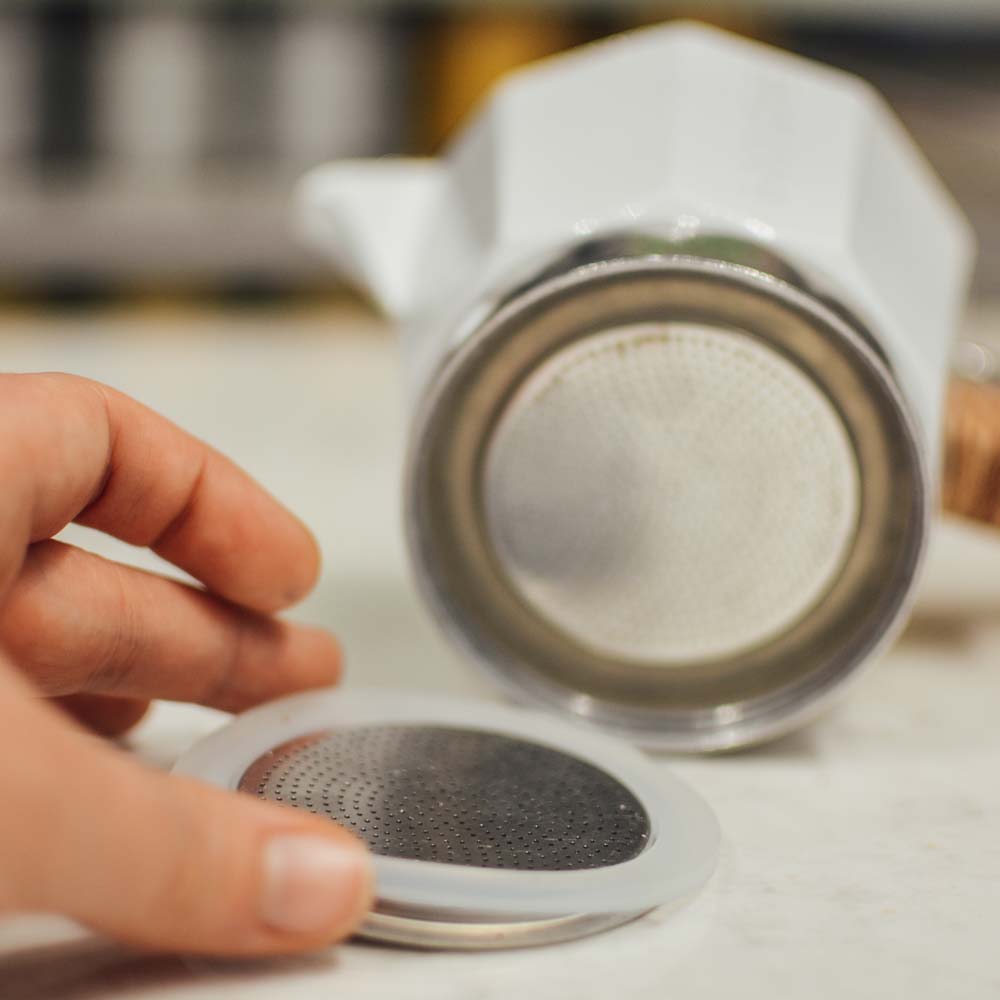 Thoroughly hand dry each part of the moka pot. Remove the gasket and filter and dry any moisture that may have been hidden underneath.
Thoroughly hand dry each part of the moka pot. Remove the gasket and filter and dry any moisture that may have been hidden underneath.
Step Four
Reassemble your moka pot, give it a hug and put it away.
Important note: Do not reassemble the moka pot until all parts are completely dry.
If for some reason your moka pot starts to leak, it either means the top and bottom chamber were not aligned properly when reassembling the pot, or you just need a new gasket or filter, which can be purchased here.
Why You Shouldn’t Use Soap or Abrasive Products
No soap. No Problem.
All moka pot experts, including GROSCHE International and Bialetti, strongly advise not to use soap or abrasive products when cleaning your stovetop espresso maker because it strips the exterior of its shiny finish.
It is also strongly advised not to scrub hard when cleaning a stovetop espresso maker. After use, moka pots build up a thin layer of oil inside its chamber. This oil leftover from the coffee actually aids the coffee maker in consistently brewing rich, flavorful espresso. Scrubbing can also potentially damage the moka pots’ exterior, making it unattractive and worn out.
Descaling Your Moka Pot
It’s one thing to clean out any leftover finely ground coffee, but if you want to keep any coffee maker from water build up or blockages and possibly malfunctioning, you need to descale it every once in a while.
What is descaling you may ask? Good question because before I looked into it, I didn’t know either.
Descaling is when you use a solution to remove leftover deposit, which is formed by chemicals in water. Hard water is known to leave behind noticeable calcium build up, but soft water also has a small amount of minerals that eventually require descaling as well.
It’s a pretty simple process with ingredients you probably have at home.
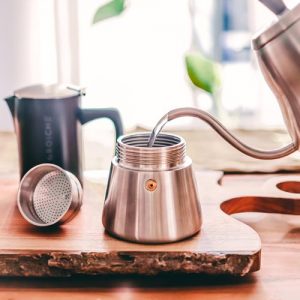
Here’s How to Descale your Moka Pot
Ingredients Required:
- 1 Tbsp. Vinegar
- 1 Tbsp. Lemon Juice
- Water
Step One
Fill the entire lower chamber with water until it hits the coffee filter basket.
Step Two
Add in the vinegar and lemon juice, and mix around.
Step Three
Wait. Let the acidic water sit for 2-4 hours to fully break down all of the built-up calcium and oils.
Step Four
Empty some water so that the safety valve is no longer covered and brew the water as if you were brewing coffee. This brew cycle will rinse out the upper chamber.
Step Five
Turn off the brewer. Once the moka pot has cooled down, give each part a thorough rinse and wipe it down. Leave the moka pot pieces separate until they are fully dry. Then reassemble the pot.
how to make an affogato with a moka pot
This delicious recipe uses a shot of espresso and ice cream to give you a rich, creamy dessert that will satisfy both your dessert and coffee craving. Heck, why not have it for breakfast!


